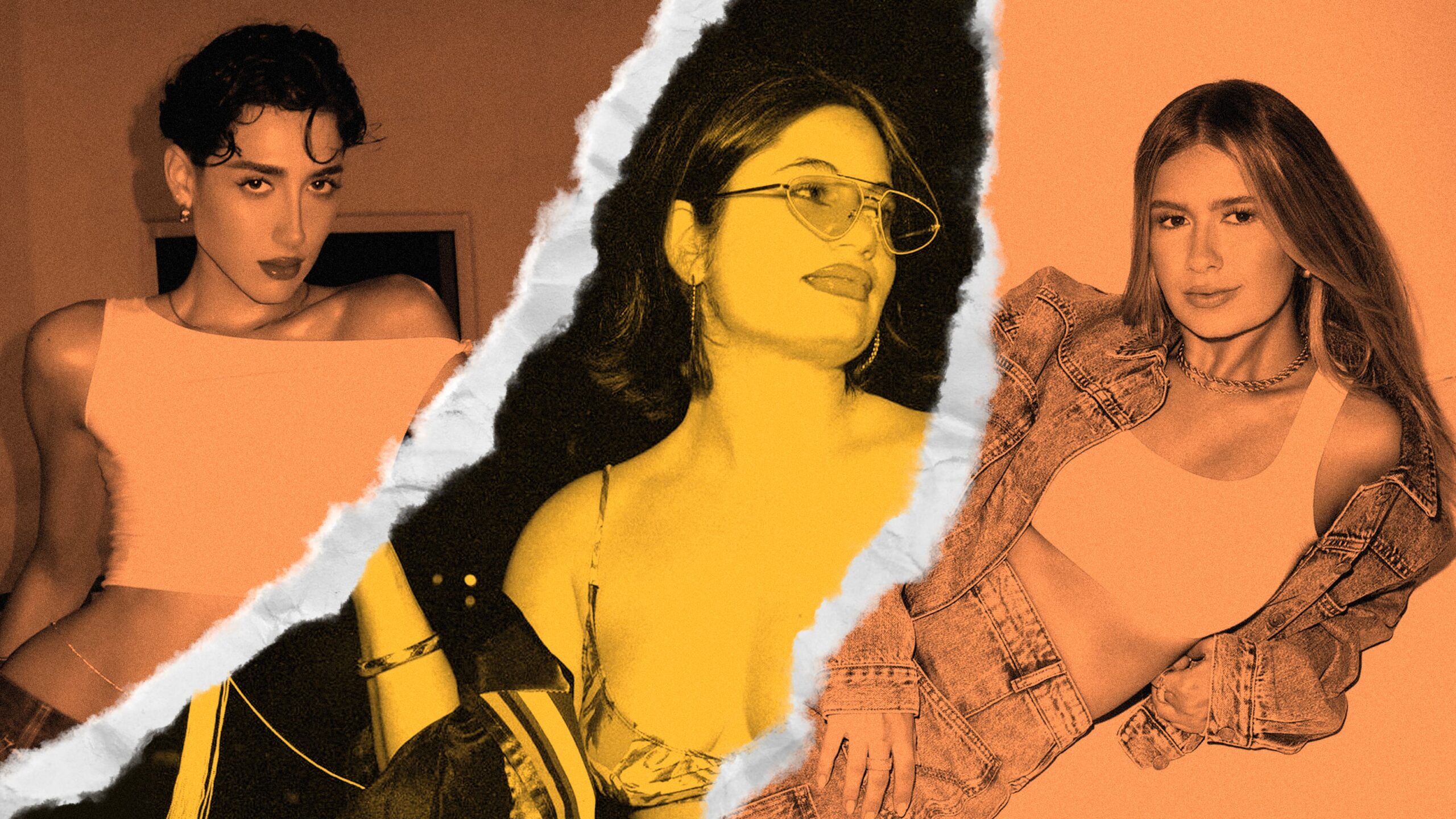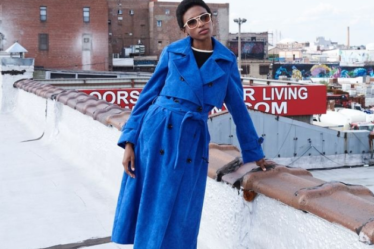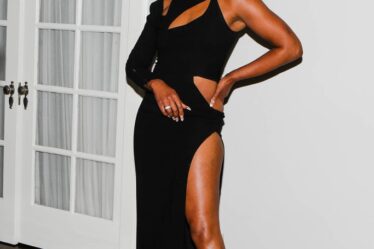
Daus Mendoza is a successful influencer by any definition, with over 5 million followers on TikTok. But he admitted that for a long time, the thought of referring to himself by the term was “just so icky,” preferring the more neutral-sounding “creator.”
But Mendoza said he has begun to reconsider his relationship with the influencer label. While many ordinary users of social media use the terms influencer and creator interchangeably, the differences between the two are becoming increasingly apparent. While creators draw Gen-Z viewers to TikTok and Instagram with entertaining content, it’s often influencers who complete the sale, convincing their followers to actually buy products.
“Influencers are the ones that use their voice and have a connection with their audience,” Mendoza said.
The burgeoning divide between influencers and creators is the latest sign that social media’s anything-goes reputation, where seemingly anyone can build an audience and strike lucrative brand deals, is fading.
Someone may make videos that attract a lot of views on TikTok, but doesn’t mean they actually have sway over an audience, or the ability to impact their purchasing decisions. As brands get more selective about how they allocate their marketing budgets, a demonstrated ability to drive sales can mean the difference between making a living on social media, and posting as a hobby. As The Wall Street Journal reported last month, many creators struggle to make a living wage and in 2023, only 13 percent of creators made more than $100,000, according to NeoReach, an influencer marketing agency.
“The path to making real money in a space is by charging brands for access to your audience, an audience that trusts you, listens to what you say, cares about you, knows who you are, feels like they have a relationship with you,” said James Nord, founder of the influencer marketing company Fohr.
What Makes Influencers Unique
Since it entered the cultural lexicon, the term influencer evolved from a matter-of-fact description to the online equivalent of a used-car salesman – pushy, always selling you something, and sometimes playing fast and loose with the truth.
That perception was never really a fair one, considering the stigma around influencers is mainly targeted at women who discuss traditionally feminine topics such as fashion, beauty, interior design and motherhood. The “creator” term, meanwhile, first gained traction as a way to describe mostly male YouTubers.
“Mainstream society had trouble adjusting to a group of powerful women who were using technology to make a lot of money,” said Stephanie McNeal, senior editor at Glamour and the author of the book “Swipe Up for More!: Inside the Unfiltered Lives of Influencers.” “If influencers had taught as a group of primarily men who were interested in sports, the way they would have been perceived would be very different.”
And while top-tier creators like Jimmy Donaldson, better known online as MrBeast, can command some of the highest fees in the space, for those outside that upper echelon, it’s often influencers who can more quickly make the jump to monetising their platforms. They have an audience that’s trained to shop and goes to them when they’re looking to make a purchase. (Though their content isn’t limited to sharing product recommendations, it can heavily rely on it.)
Given the sheer volume of creators — a recent YouTube survey found that a whopping 65 percent of Gen-Z considers themselves video content creators — not everyone will be able to translate their posts into income. It’s the personal connection with followers that gives both creators and influencers a huge leg up in not only the ability to ink brand deals, but also find other revenue streams like subscriptions or affiliate links and ultimately, longevity.
“There’s a difference between audience and influence,” said Nord.
Danielle Carolan, an influencer who began making YouTube videos when she was in high school, said that about 80 percent of the time when brand partners reach out to her, it’s because they want to connect with her followers — what she calls the “influencing” side of her business. The other 20 percent, she said, is more specifically about her content creation style, like her sleekly-edited “week in my life” vlogs on YouTube.
“I can be talking about toothpaste one day, or I can be talking about my coffee machine, and people are locked in because they know my family, they know where I went to college,” she said. “They’re very invested in me.”
What Brands Value
That’s not to say partnering with those that fall more squarely into the “creator” bucket doesn’t carry value for brands. While an influencer might be more relied upon to drive sales, brands may seek out a content creator specifically for their unique approach to producing photos or videos for social media.
Brands should be attuned to the differences between creators and influencers in order to decide who is best to partner with on a campaign, as each is best suited for different goals.
“All campaigns should have some balance of visibility, reach, conversion and community,” said Danielle McGrory, the founder of the agency Communité, which connects brands with influencers and creators for campaigns. “When we are advising a client and being strategic about how to spend your money and who to work with, we really ask those questions and give back talent that will meet their particular KPI.”
Like influencers, content creators have a unique skill set. As fashion influencers have embraced a more casual approach — more likely to share outfits with an off-the-cuff mirror selfies than a staged, professionally photographed series of images, the 2010s standard — those who can create beautiful content for brands hold a particular appeal, too. Brands often hire creators to make videos that they can run as ads on their own channels; they typically do so at a much more affordable price than hiring a creative agency.
Creators also provide much of the entertainment that sends Gen-Z to apps like TikTok in the first place, and typically, fewer product links, which can be a welcome change for audiences inundated with shopping recommendations online.
“More and more creators like just producing for the joy of it and less for pleasing the algorithm,” said Brad May, VP of creative and strategy at influencer marketing agency Reach. “Brands are more and more looking for the creators who are producing content that is just truly, deeply authentic. You can see through it when it’s not.”
Finding ways to partner with brands is even more important for them today: TikTok shut down its $1 billion creator fund at the end of 2023, and Instagram historically hasn’t given much financial support to creators, beyond one-off programs, like its Reels Play bonus program, which it abruptly shut off in 2023.
Fashion brands have proved themselves open to thinking beyond the norm when it comes to what creators they work with. Vita Kari, a video artist who creates clips featuring optical illusions, has made videos for partners including Loewe, Levi’s and Warby Parker.
“When brands are coming to me, they’re saying we really love your content, we want you to just integrate us within,” she said.



